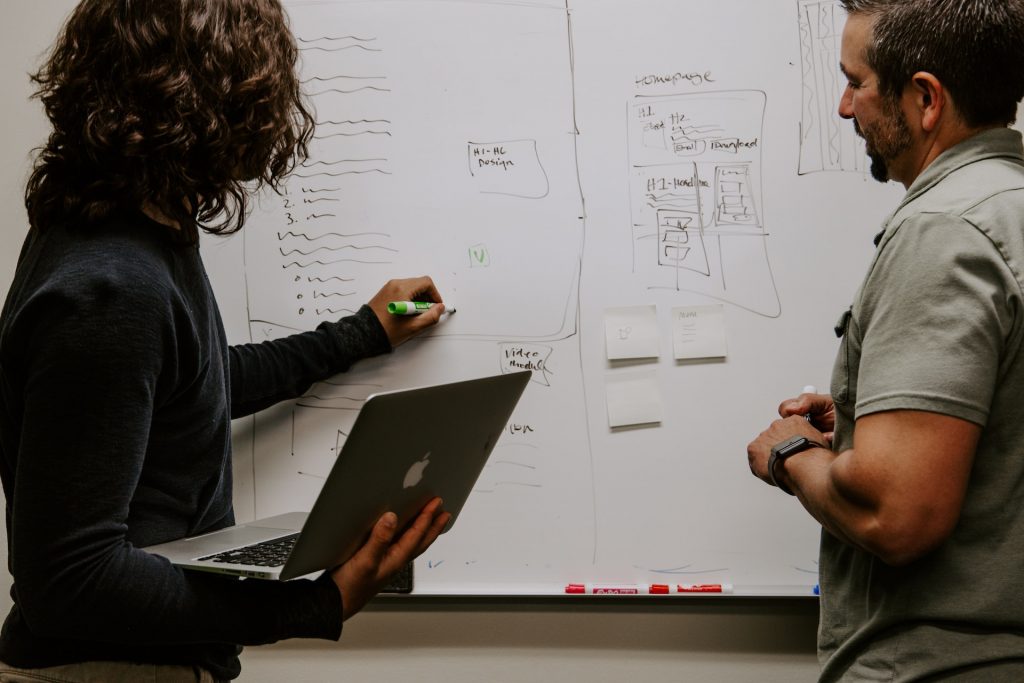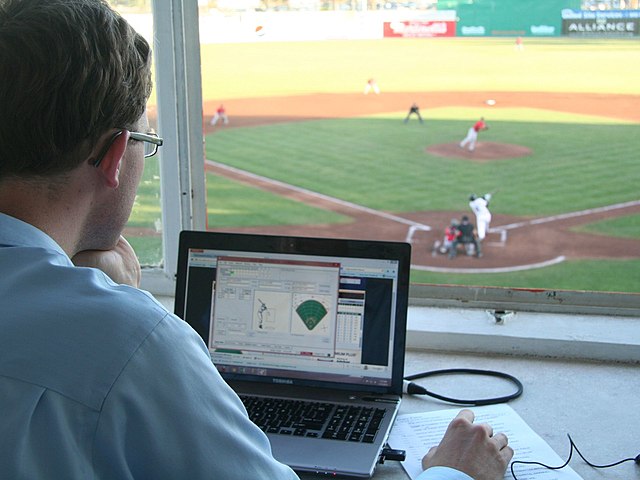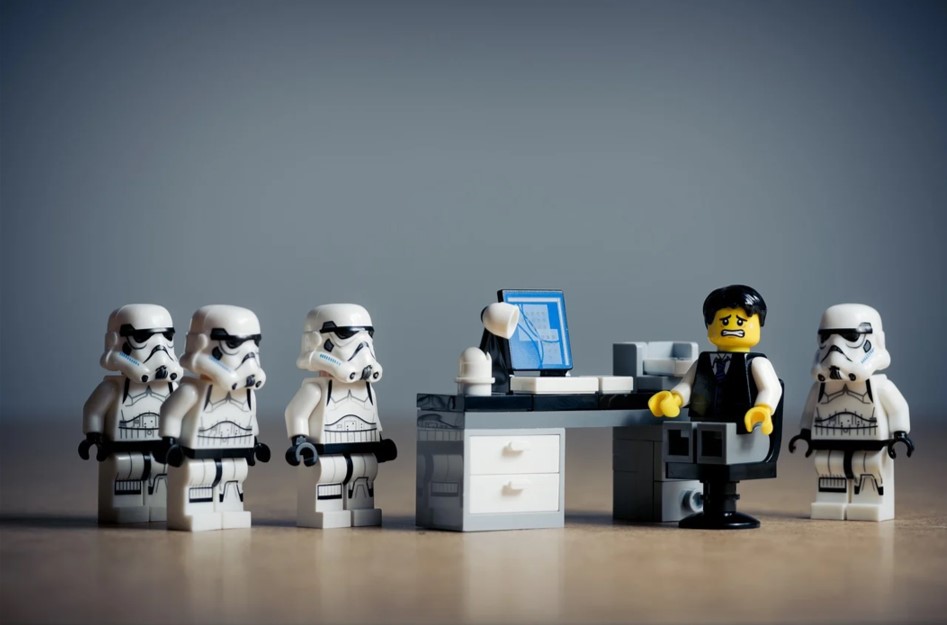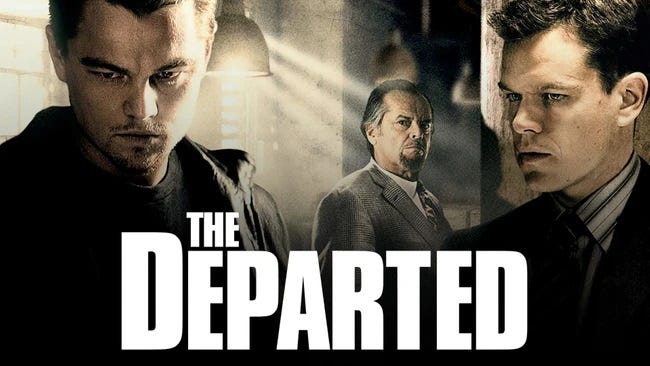
GUEST POST from David Burkus
Creating shared identity on a team is crucial to building a high-performing one. Shared identity refers to the extent to which team members feel the same sense of who they are as a designated group. It indicates whether or not individual members truly feel like this is the team they’re a part of and most loyal to.
Decades of social science research have shown that individuals make sense of their world by applying categories and labels to their environment—including themselves and the people around them. “Team” is one such label, and it carries great importance, because when we identify with a particular group, that group shapes our own identity and behavior.
A strong shared identity on a team reduces conflict, standardizes norms of behavior, increases cohesion and collaboration, and ultimately enhances team performance. In this article, we will explore four key actions that leaders can take to foster a shared identity within their teams.
1. Start With Purpose
The first action in creating shared identity on a team is to start with purpose. Understanding the purpose of the team’s work and how it aligns with the organization’s mission is the first step in creating a shared identity. For most teams, this isn’t about restating or even remembering the larger organization’s mission statement. It’s about how their specific work relates to that overall mission. More importantly, it’s about who is positively affected by the team working well together.
One question to distill this “who” is simple, asking the team “Who is served by the work that we do?” By answering that, team members can gain a deeper understanding of the impact they have on the organization and the people they serve. And when team members recognize the significance of their contributions, they are more likely to feel motivated and engaged/ Identifying the specific group of people that benefit from the team’s performance allows team members to connect their work to real-world outcomes and identify with the team to realize those outcomes.
2. Build On Values
The second action in creating shared identity on a team is to build on values, meaning to determine the team’s specific values and how they want to treat each other. By identifying the values that the team wants to emphasize in their interactions, team members can establish a common set of principles to guide their behavior. Or as Seth Godin is fond of saying, it’s about emphasizing that “people like us, do things like this.”
The other benefit of discussing values is that it establishes the compromises that the team would never make in serving their purpose. By defining the non-negotiables, team members can align their actions and decisions with the team’s values. And as team members internalize those non-negotiables, they start to identify with the values underlying them and align their behavior accordingly. Not surprisingly, identifying more and more with those values helps them identify more strongly with the team that wrote them.
3. Focus On Goals
The third action in creating a sense of shared identity on a team is to focus on goals. By breaking down the team’s purpose and values into specific goals, team members can have a clear understanding of what they are working towards. These goals should be challenging yet achievable, providing team members with a sense of purpose and direction. Sometimes these goals, objectives, or key performance indicators are handed to the team from higher up in the organization. But even then, it’s important to have a team-wide discussion about the assignments and create milestones and sub-goals collectively to build a plan of action.
Setting the team’s goals for completion lays the groundwork for setting the individual goals team members will use to hold each other accountable. When team members have personal goals that contribute to the overall team goals, they are more likely to feel invested in the team’s success. And when those goals are achieved and celebrated, shared identity grows even more. By acknowledging and celebrating achievements, team members feel valued and recognized for their contributions. This fosters a sense of camaraderie and encourages continued collaboration and success.
4. Define Habits
The final action in creating a sense of shared identity is to define habits. Habits here means establishing norms and behaviors for communication and collaboration within the team. It’s about building group norms and expectations. Defining habits means agreeing to use certain communication tools and deciding how they will be utilized. By establishing guidelines for email, instant messaging, and other communication platforms, team members can ensure effective and efficient communication. This reduces misunderstandings and promotes collaboration.
Defining habits has a secondary benefit similar to building on values discussed above. As people share in the process of defining habits, they take greater ownership over the finished set of norms. And as their actions align more strongly with the group norms, their sense of identity with that team grows stronger as well. Overtime, they start to feel less like they act in a certain way because it was laid out in the group norms and more like they act a certain way because “that’s just what we do.” The “we” here being a short but strong signal of shared identity.
Creating shared identity on a team is crucial for achieving success. By starting with purpose, building on values, focusing on goals, and defining habits, leaders can foster a sense of belonging and connection among team members. This leads to a more focused, cohesive, and productive team. By implementing these four actions, leaders can create an environment where team members work together towards common goals and in pursuing those goals, do their best work ever.
Image credit: Unsplash
Originally published on DavidBurkus.com on July 24, 2023
![]() Sign up here to get Human-Centered Change & Innovation Weekly delivered to your inbox every week.
Sign up here to get Human-Centered Change & Innovation Weekly delivered to your inbox every week.








